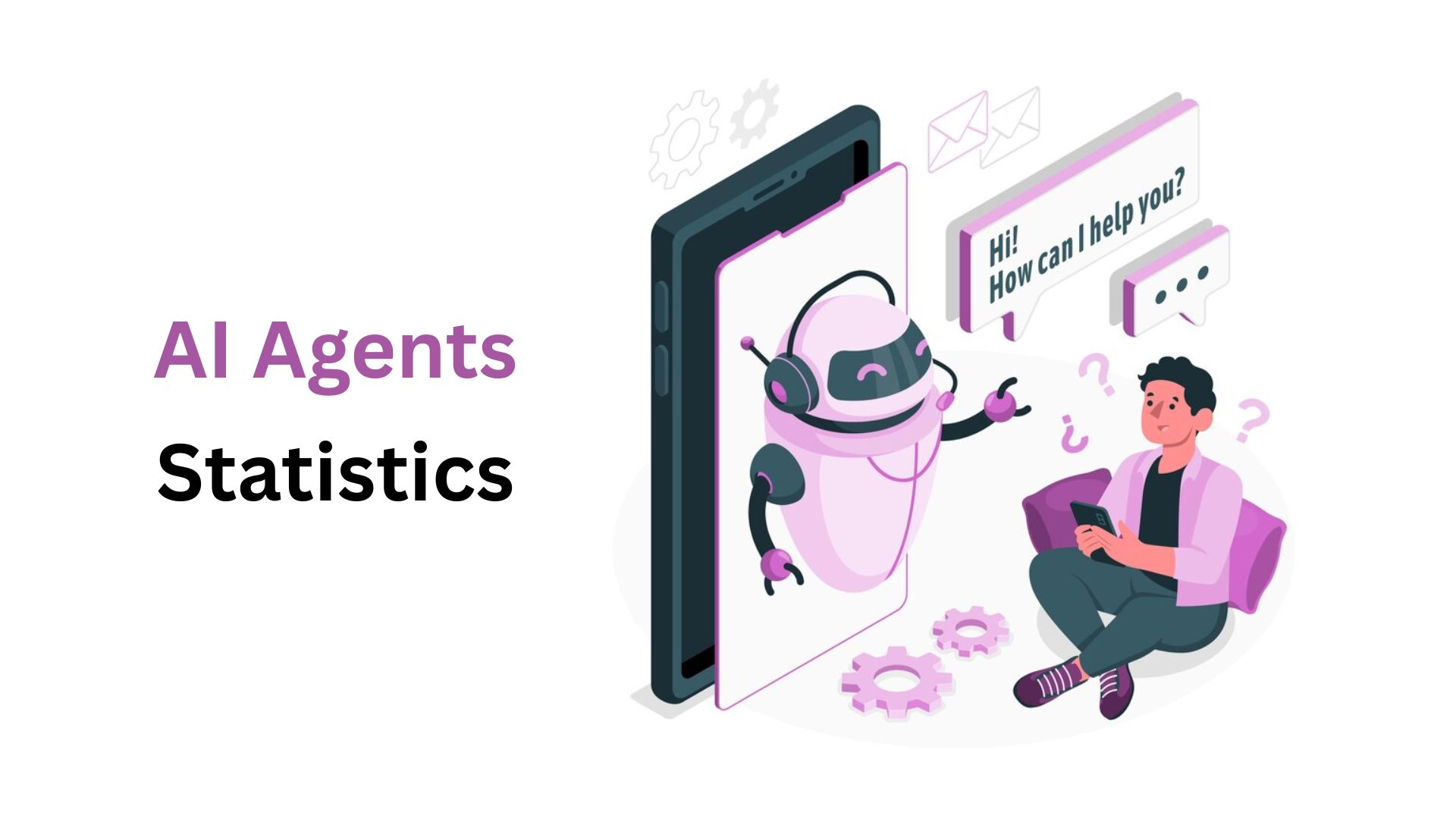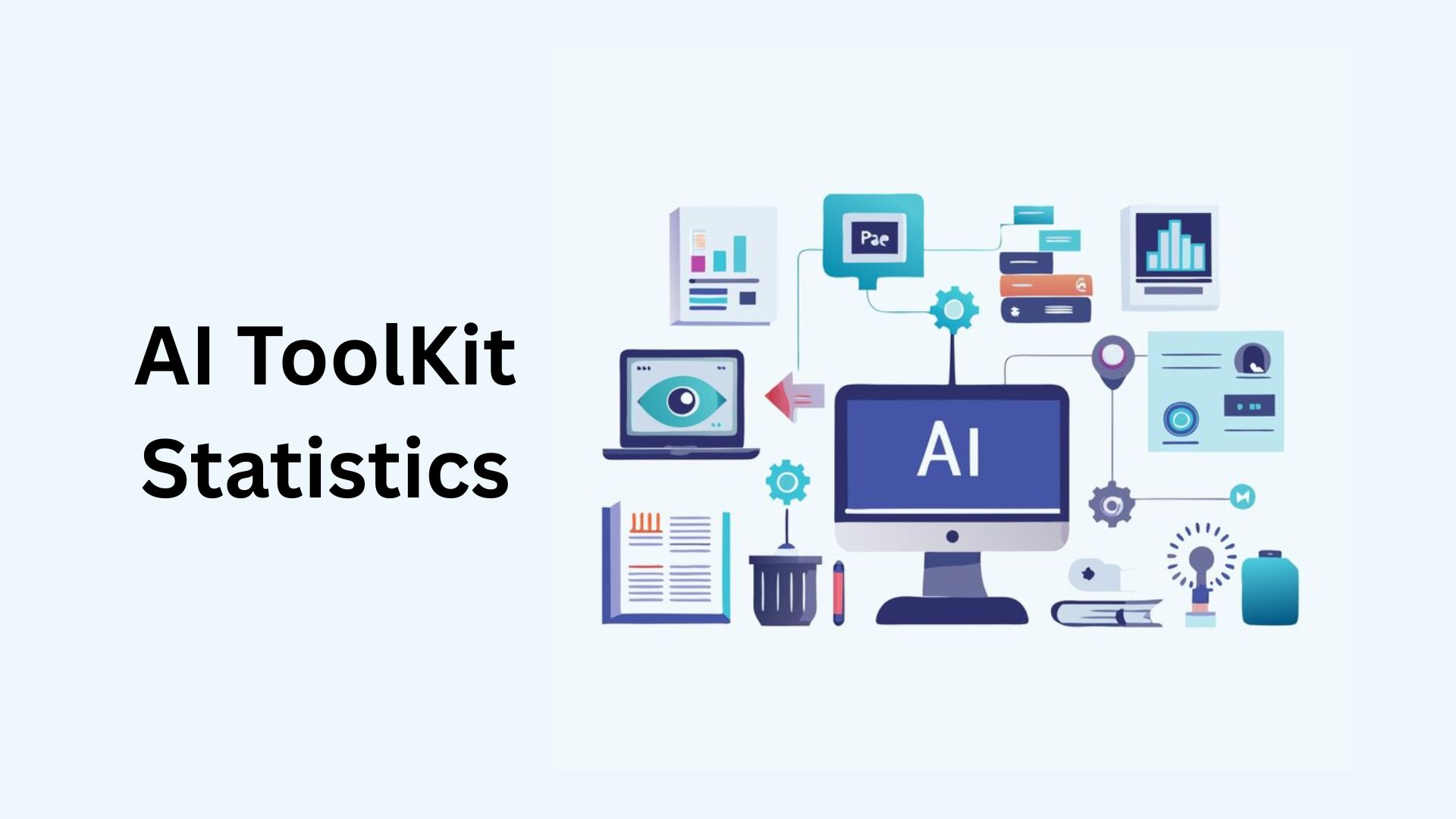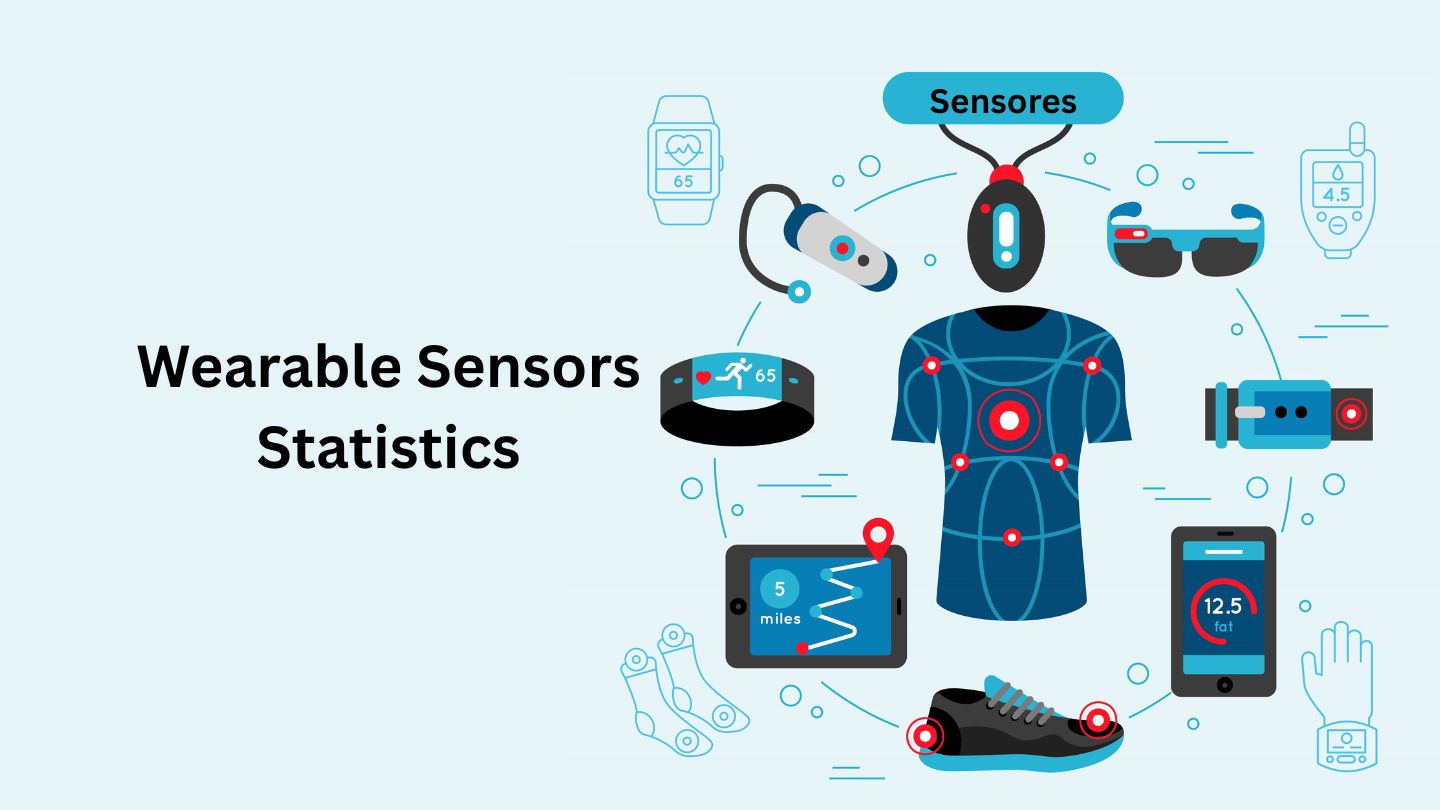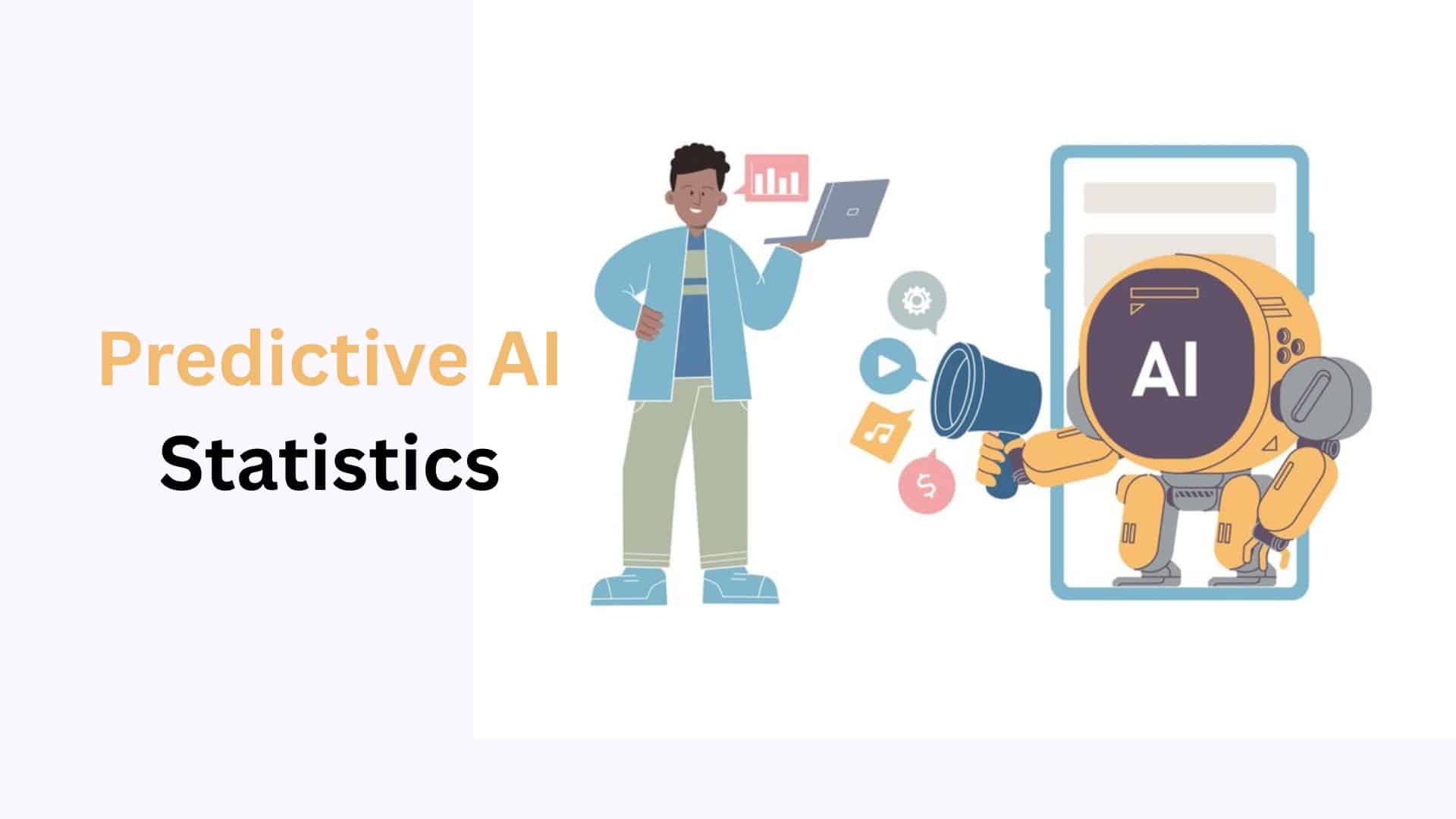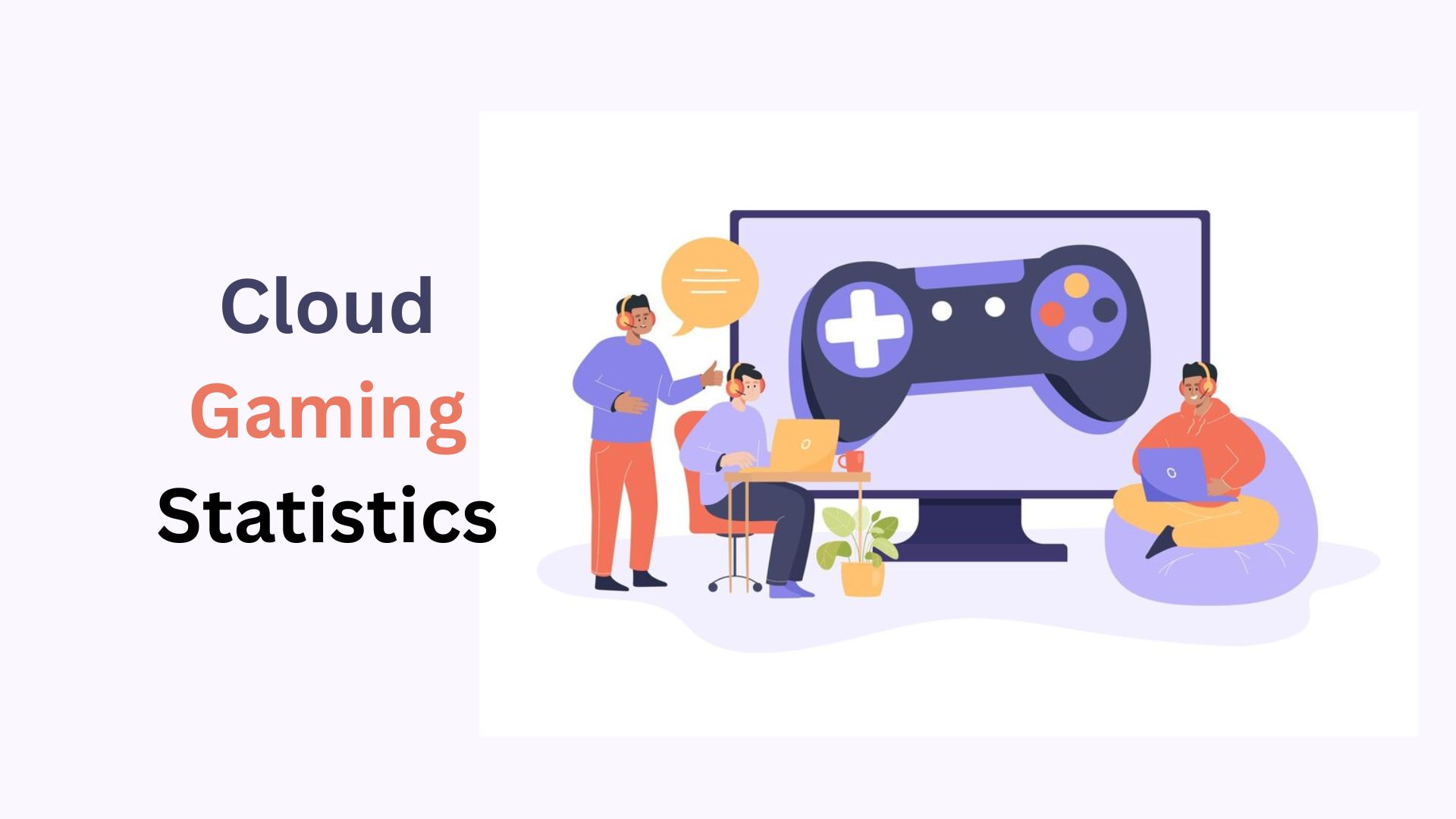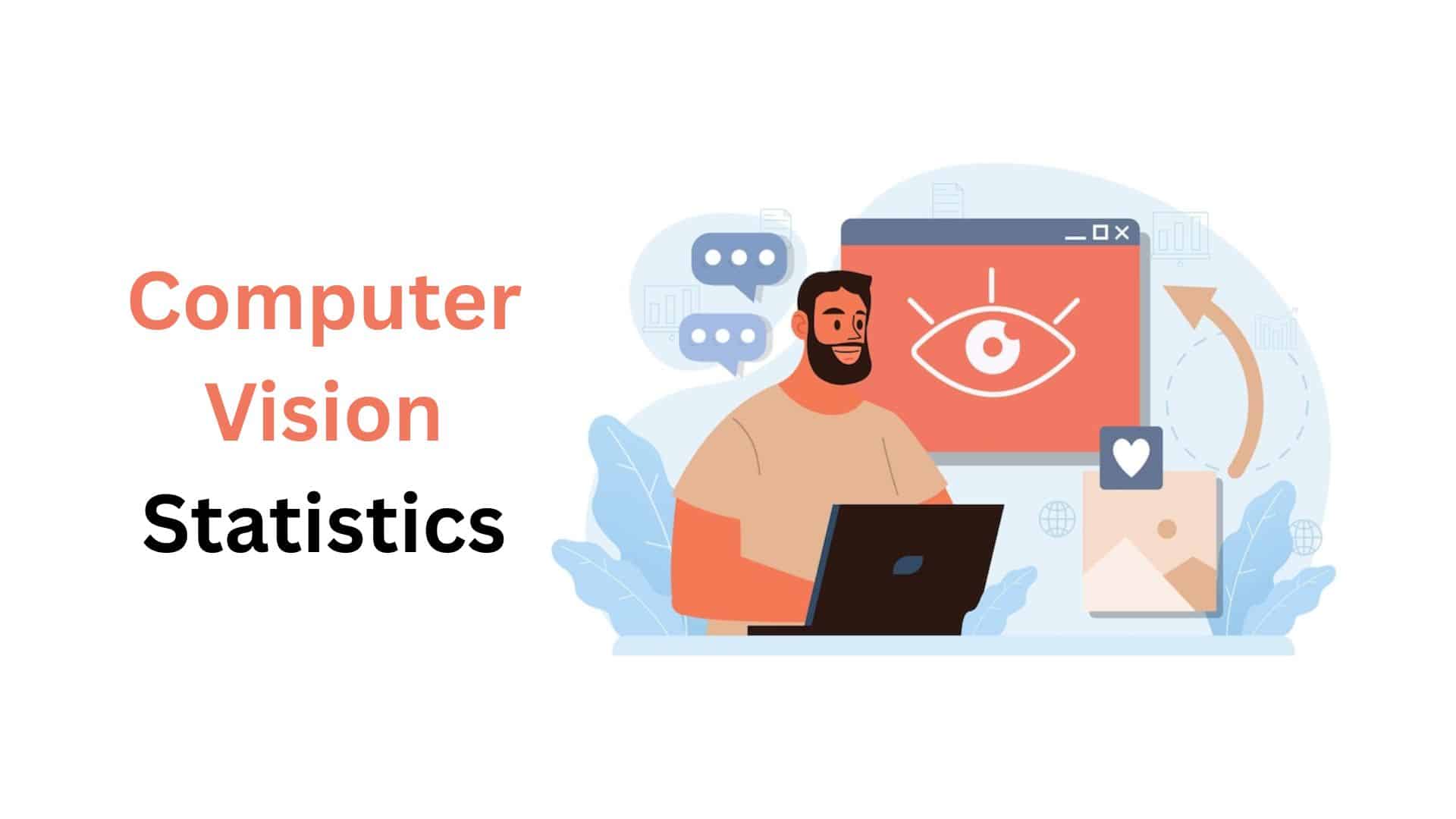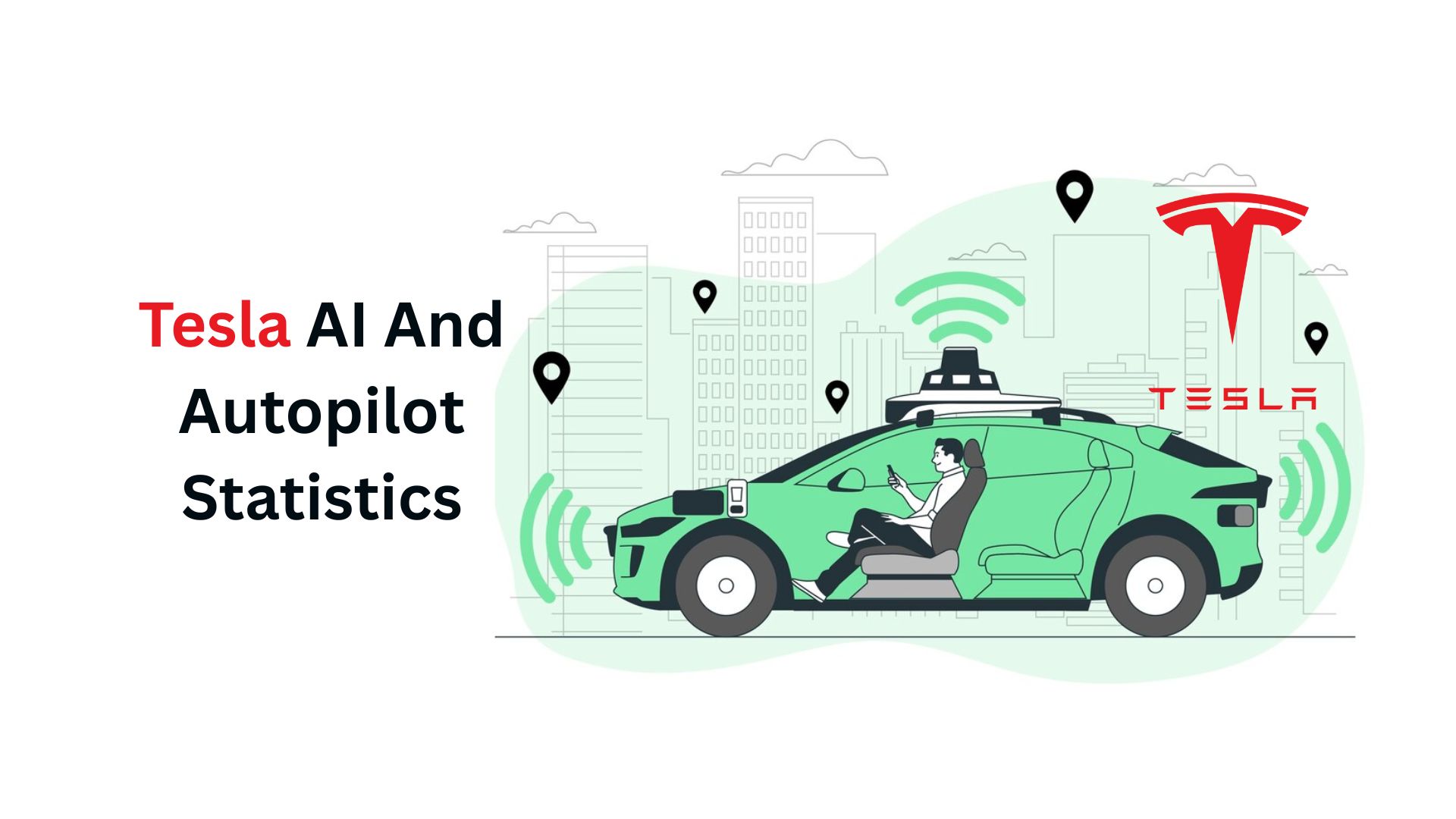AI In Healthcare Statistics By Revenue, Application, Cost-Efficiency, Usage and Facts

Updated · Feb 17, 2025


TABLE OF CONTENTS
- Introduction
- Editor’s Choice
- General AI In Healthcare Statistics
- Generative AI In Healthcare Market Statistics
- AI In Healthcare Revenue Statistics By Country
- AI In Healthcare Market Statistics By Application
- AI in Healthcare Usage Statistics By Region
- AI Usage Statistics In The Healthcare Sector
- Patients Recommendation About AI In Healthcare
- Professionals Opinion On Adoption Of AI In Healthcare Statistics
- AI In Healthcare Statistics By Demographic Breakdown
- By Cost-Efficiency
- By Technology Adoption
- AI In Healthcare Statistics By Doctor’s Profession Review
- AI-Enabled Devices Used In Healthcare Sectors
- Top Companies In AI In The Healthcare Market, 2024
- Challenges Of AI In Healthcare Statistics
- Conclusion
Introduction
AI in Healthcare Statistics: Artificial Intelligence (AI) is changing healthcare quickly. It helps doctors and nurses provide better care by using smart machines and computer programs. These tools can look at data like medical reports or images to find diseases and recommend treatments faster and more accurately. AI uses advanced methods like machine learning, natural language understanding, and even robotic surgery to improve healthcare services.
AI is especially useful in areas like scanning medical images, creating new medicines, and giving patients care tailored to their needs. It helps save money, speeds up finding health problems, and makes treatments work better. By working alongside healthcare professionals, AI makes it easier to give patients the best care possible while making the system more efficient.
Editor’s Choice
- AI in Healthcare Statistics show that in 2023, the AI healthcare market was worth USD 19.27 billion and is expected to grow 38.5% yearly until 2030.
- AI and machine learning could save USD 13 billion in healthcare by 2025 by boosting efficiency, cutting mistakes, and improving prevention.
- AI can cut drug discovery costs by 70%, making medicine development faster, cheaper, and more efficient for healthcare advancements.
- A UCLA study showed an AI tool found prostate cancer 84% of the time, better than doctors who achieved 67% accuracy.
- AI chatbots could save USD 3.6 billion globally by handling simple questions and patient interactions efficiently.
- By early 2024, most healthcare groups (70%) started using generative AI to improve care.
- Meanwhile, about 60% of patients feel uneasy about AI in healthcare, showing trust and clarity are needed.
- AI in Healthcare Statistics further reports that by 2023, the FDA approved 671 AI devices for radiology, 90 for cardiovascular, and 32 for neurology.
- Moreover, 94% of healthcare companies use AI, and 70% expect it to impact systems greatly.
- In 2021, mental health tech firms raised $5.5 billion, a 139% rise from 2020.
General AI In Healthcare Statistics
- By the end of 2030, AI in healthcare will help the US earn USD 102.2 billion in revenue.
- About 64% of South American doctors think AI will improve most of their decisions.
- By late 2024, 53% of EU healthcare groups aim to adopt medical robots.
- China’s healthcare AI revenue is set to grow 42.5% from 2023 to 2030.
- North America leads the global AI healthcare market, holding the biggest share at 59.1%.
- As per AI in Healthcare Statistics in 2024, six out of ten patients feel uneasy about doctors using AI in their healthcare.
- 66% of American women feel uneasy about AI becoming more prominent in healthcare services.
- Eight out of ten pathologists think AI can help people live longer lives.
- One in four hospitals in the US now uses AI for predictive healthcare analysis.
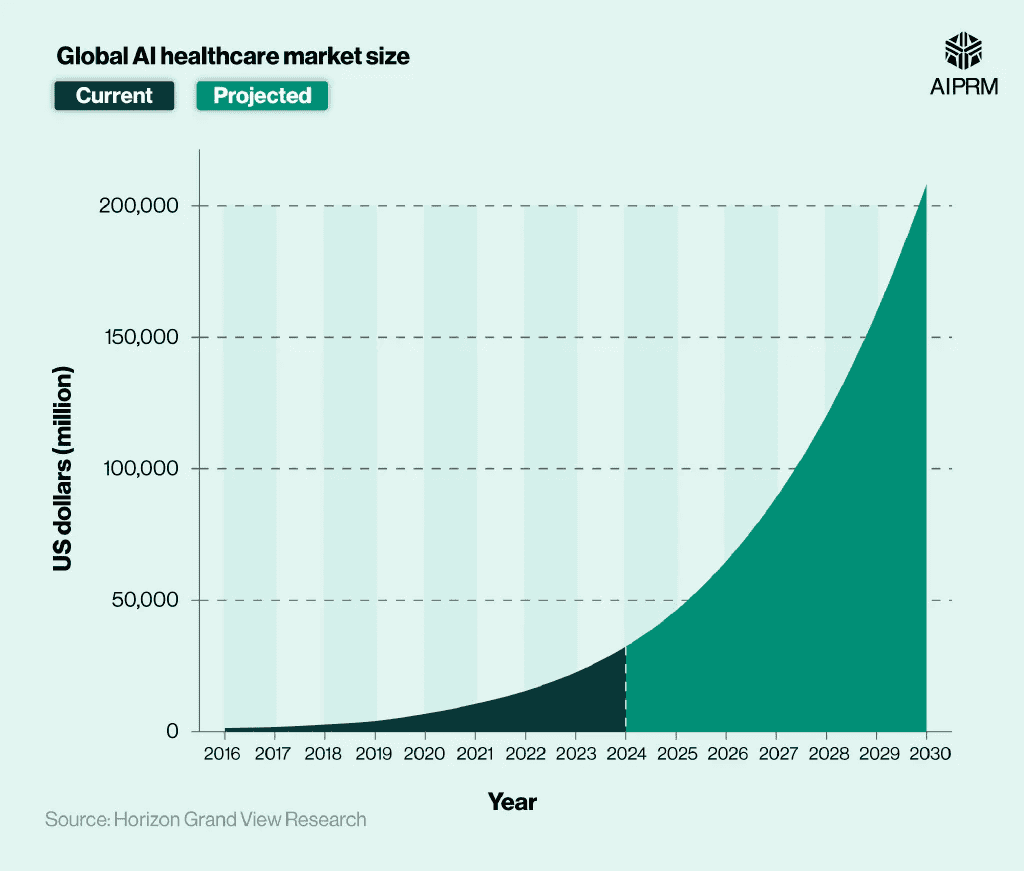 (Source: aiprm.com)
(Source: aiprm.com)
- From 2016 to 2023, the market size increased from USD 1.1 billion to USD 22.4 billion, growing by 1,779%.
- The market grew by about 45%, increasing from USD 15.4 billion in 2022 to USD 2.4 billion in 2023.
- The AI healthcare market is expected to grow by 42% from 2023 to 2024, with another 40% increase predicted by 2025.
- By the end of 2024, the market will make up to USD 32.3 billion, growing by 524% and reaching around USD 208.2 billion by 2030.
Generative AI In Healthcare Market Statistics
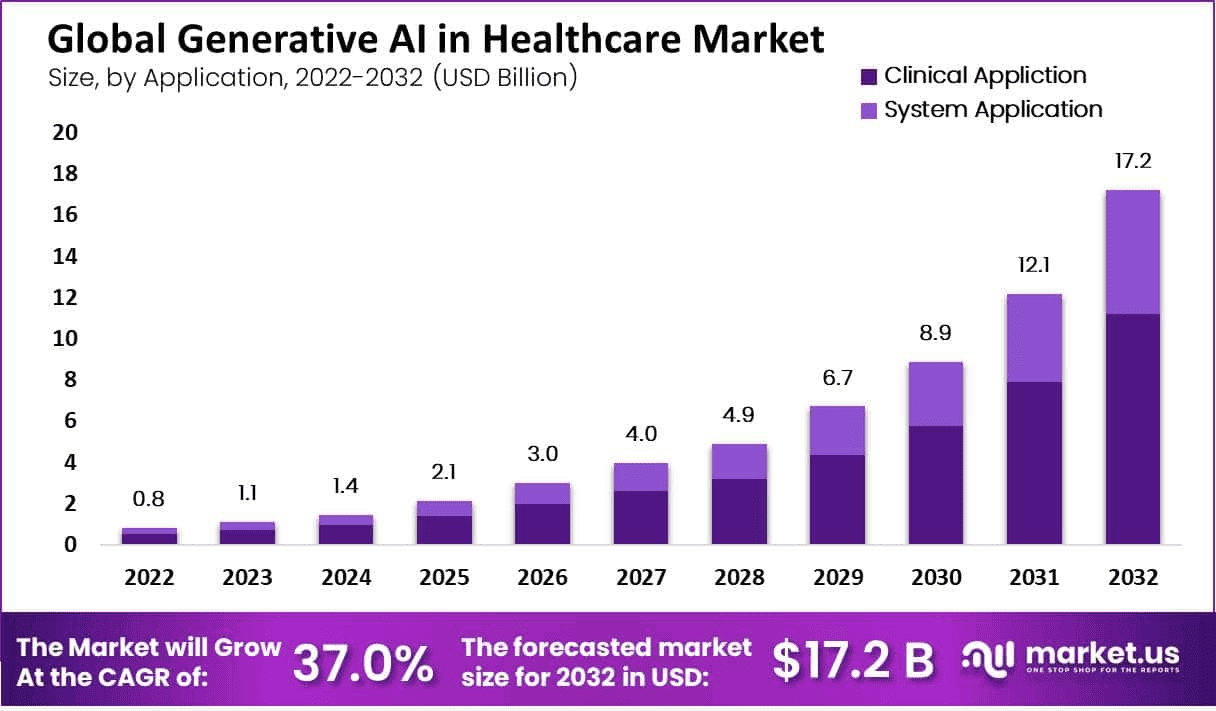 (Source: market.us)
(Source: market.us)
- The Global Generative AI in Healthcare Market was valued at USD 0.8 billion in 2022 and is projected to reach USD 17.2 billion by 2032, growing at a compound annual growth rate (CAGR) of 37% from 2023 to 2032.
- Clinical applications, which dominate the market, contributed to 65% of the market revenue in 2022, spanning fields such as cardiovascular, dermatology, infectious diseases, and oncology.
- Clinical judgment and diagnosis held the largest market share, accounting for 32% of the market revenue in 2022.
- Diagnostic centers were the leading end-users, comprising 35% of the market revenue in 2022, while hospitals and clinics are anticipated to experience the fastest growth rate.
- North America was the leading region, holding 36% of the market revenue in 2022, driven by the prevalence of chronic diseases and the adoption of generative AI technologies.
- The Asia Pacific region is expected to register the fastest CAGR, fueled by technological advancements and the expansion of healthcare technology in emerging economies.
- The application of generative AI in virtual nursing assistants is estimated to potentially save the healthcare sector USD 20 billion annually.
- AI-assisted robotic surgery is identified as the fastest-growing segment within the market.
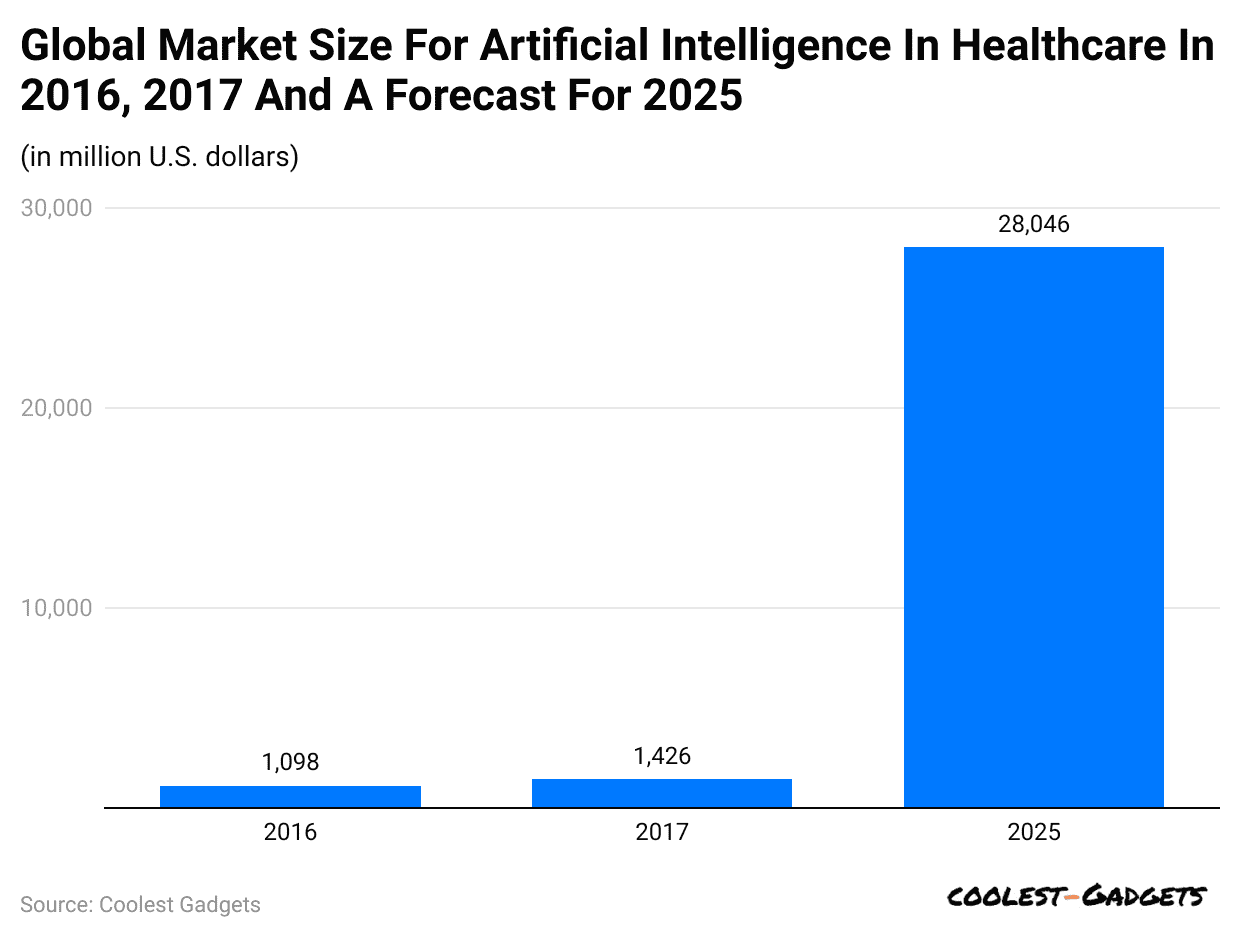 (Reference: statista.com)
(Reference: statista.com)
- By 2025, the market is expected to grow significantly, rising from around USD 1,098 million in 2016 to over USD 28,046 million.
AI In Healthcare Revenue Statistics By Country
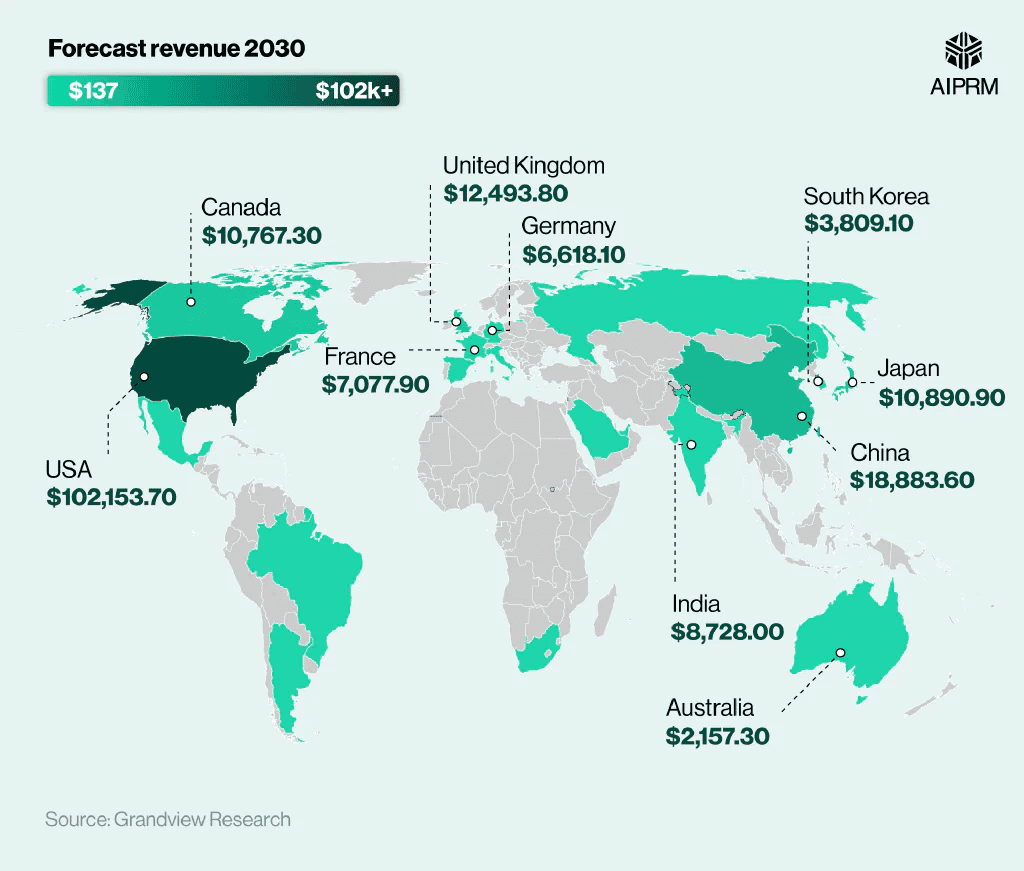 (Source: aiprm.com)
(Source: aiprm.com)
- In 2023, the United States earned the most from AI in healthcare, making USD 11.8 billion, and it is forecasted to be USD 102.15 billion by 2030.
- AI in Healthcare Statistics shows that the annual growth rate of the US market will grow by 36.1% CAGR from 2024 to 2030.
Furthermore, revenue earned by other countries is expected to be in 2030 are detailed below in the table:
| Country | Revenue (USD million) (2023) |
Revenue (USD million) (2030) |
CAGR (2024 to 2030) |
| China | 1,585.5 | 18,883.6 |
42.5% |
|
UK |
1,326.2 | 12,493.8 | 37.8% |
| Canada | 1,133.8 | 10,767.3 |
37.9% |
|
Japan |
917.3 | 10,890.9 | 42.4% |
| India | 758.8 | 8,728.0 |
41.8% |
|
France |
714.2 | 7,077.9 | 38.8% |
| Germany | 687.1 | 6,618.1 |
38.2% |
|
South Korea |
352.8 | 3,809.1 | 40.5% |
| Russia | 201.5 | 1,847.5 |
37.2% |
|
Australia |
197.6 | 2,157.3 | 40.7% |
| Spain | 162.9 | 1,514.3 |
37.5% |
|
Italy |
96.5 | 739.3 | 33.8% |
| Brazil | 84.1 | 789.4 |
37.7% |
|
Singapore |
78.1 | 881.3 | 41.4% |
| Mexico | 56.2 | 593.8 |
40.0% |
|
Argentina |
35.5 | 304.8 | 36.0% |
| Saudi Arabia | 22.8 | 191.3 |
35.5% |
|
UAE |
17.2 | 137.9 | 34.6% |
| South Africa | 15.3 | 116.3 |
33.6% |
AI In Healthcare Market Statistics By Application
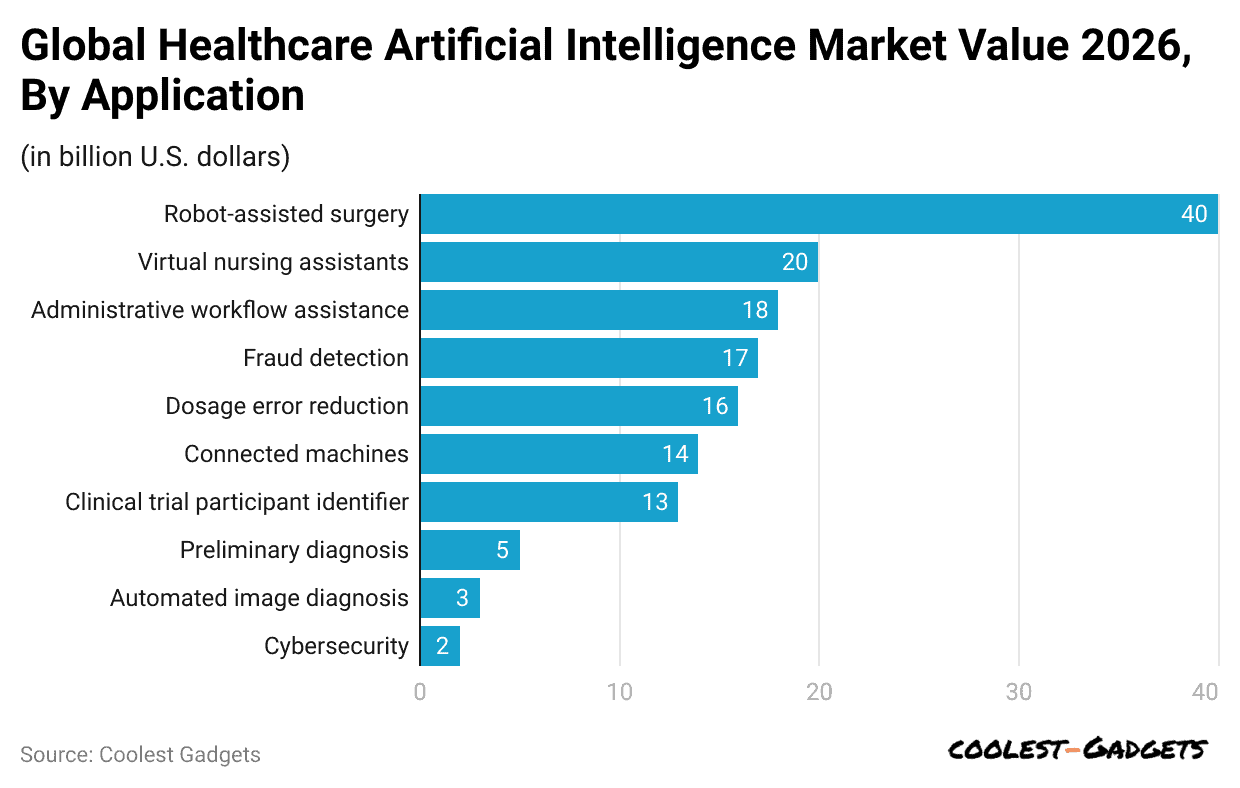 (Reference: shortpixel.io)
(Reference: shortpixel.io)
- The market for AI-powered robotic surgery is predicted to grow the quickest and reach USD 40 billion in revenue by 2026.
- Virtual nursing assistants are expected to follow, generating USD 20 billion by the same year.
- AI in Healthcare Statistics also shows that in 2026, market valuations by other applications are followed by administrative workflow assistance (USD 18 billion), fraud detection (USD 17 billion), dosage error reduction (USD 16 billion), connected machines (USD 14 billion), Clinical trial participant identifier (USD 13 billion), Preliminary diagnosis (USD 5 billion), automated image diagnosis (USD 3 billion) and cybersecurity (USD 2 billion).
AI in Healthcare Usage Statistics By Region
- As mentioned in AI in Healthcare Statistics, Clinicians in South America and Asia Pacific are optimistic, with 64% believing AI will guide most decisions in 10 years,
- Furthermore, the share of clinicians who believed the majority of decisions would be influenced by AI by other regions is followed by the Middle East and Africa (61%), North America (48%), and Europe (48%).
AI Usage Statistics In The Healthcare Sector
- In 2024, almost 29% of US respondents believe AI tools for clinical decisions could greatly improve patient outcomes and provide the most benefit.
- Meanwhile, 25% of people thought focusing on predictive analytics and risk ranking should come first.
- Furthermore, other usage shares of AI are followed as clinical workflow optimization and automation (23%), treatment and therapy recommendations for providers (19%), diagnosis and treatment recommendations (16%), and clinical documentation and dictation (15%).
Patients Recommendation About AI In Healthcare
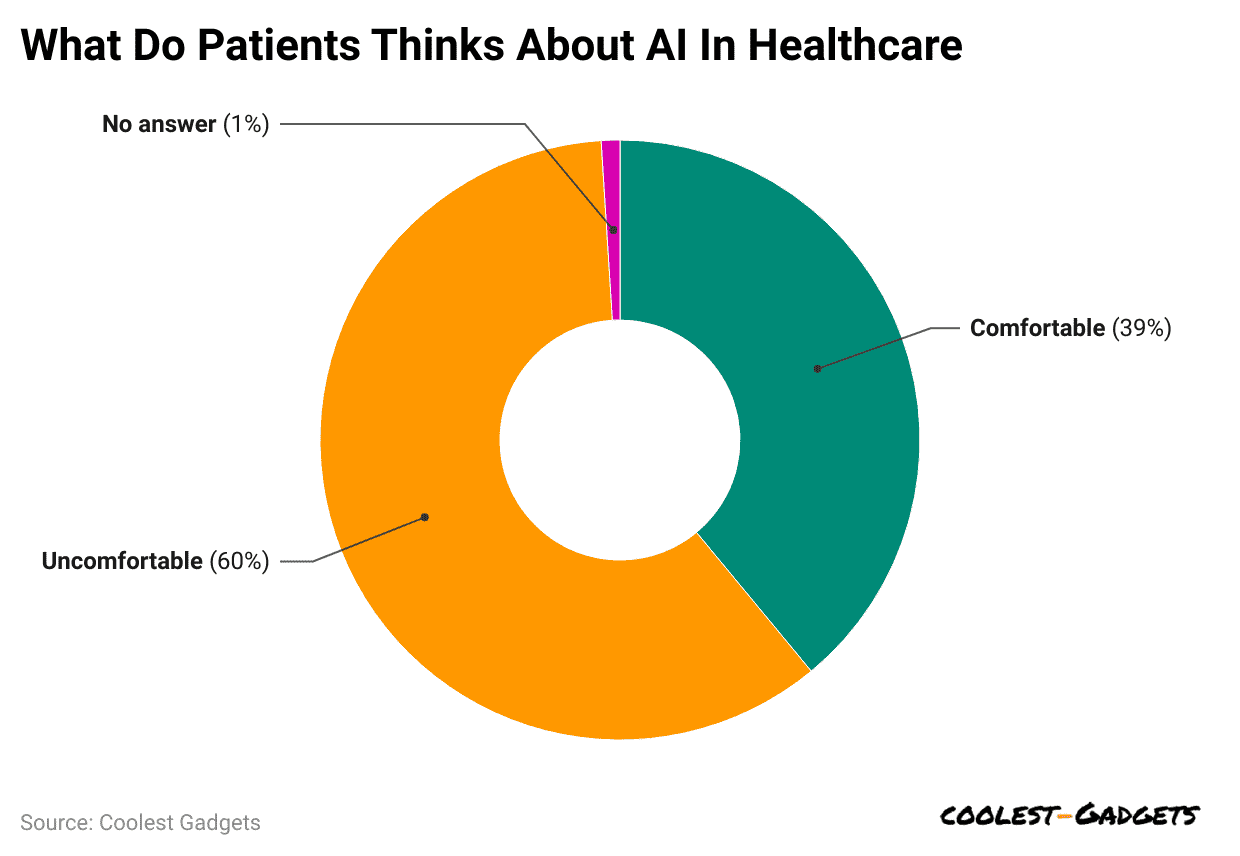 (Reference: aiprm.com)
(Reference: aiprm.com)
- AI in Healthcare Statistics states that according to Pew Research, 60% of Americans feel uneasy about doctors using AI for treatment.
- In 2024, about 39% of people felt okay with AI in healthcare, while 1% were unsure.
- In contrast, 38% of Americans believe that AI will improve healthcare results.
- Meanwhile, 33% think it might make things worse, and 27% feel it won’t change anything.
Professionals Opinion On Adoption Of AI In Healthcare Statistics
- As of 2024, nearly 59% of professionals think AI provides highly cost-effective services.
- Besides, 55% say that using AI in healthcare is making patient outcomes better.
- More than half of professionals (51%) think AI tools will help them reach their goals more quickly.
- Around 37% of professionals prefer using AI tools to help assign codes for accurate diagnoses, procedures, and facilities.
- About 56% of experts said COVID-19 pushed them to adopt AI in healthcare services.
AI In Healthcare Statistics By Demographic Breakdown
- In 2024, more than half of men, 54%, said they felt uneasy or uncomfortable with the use of AI in healthcare, followed by 46% of women.
- Meanwhile, About 66% of women felt uneasy or unsure about AI playing a big role in healthcare.
- On the other hand, 33% of men were comfortable with AI in healthcare.
Based on US ethnicity, perceptions of AI in healthcare are detailed in the table below:
| Race | Very/Somewhat Uncomfortable | Very/Somewhat Comfortable |
|
White |
62% | 37% |
| Black | 61% |
38% |
|
Hispanic |
57% |
43% |
Similarly, in 2024, age group shares are stated as follows:
| Age (year) |
Very/Somewhat Uncomfortable | Very/Somewhat Comfortable |
| 18 to 29 | 56% | 44% |
| 30 to 49 | 57% | 42% |
| 50 to 64 | 64% | 35% |
| 65 | 64% | 35% |
By Cost-Efficiency
- As mentioned in AI in Healthcare Statistics, by 2025, AI will save USD 13 billion in healthcare by boosting efficiency and reducing mistakes.
- AI chatbots are expected to save USD 3.6 billion worldwide by making industries work more efficiently.
- Cutting down mistakes in medication dosing can help save around USD 16 billion in healthcare expenses.
- AI in healthcare cuts doctors’ paperwork by 20%, making their jobs easier and smoother.
- AI has the power to reduce drug discovery costs by 70%, revolutionizing the pharmaceutical field.
- Predictive AI tools are advanced and can help reduce hospital admissions by up to half.
By Technology Adoption
- In 2024, the NHS uses 34% of AI tools mainly to help with diagnostics.
- Only about one in ten medical professionals currently use AI tools in their daily work.
- AI in Healthcare Statistics further states that by 2025, nearly 90% of healthcare organizations will start using AI to improve services.
- In addition, only 23% of healthcare leaders in America fully understand how effective AI can be.
- Even with AI progress, nurses will still handle most tasks, around 90%, by 2030.
AI In Healthcare Statistics By Doctor’s Profession Review
| Benefits | Pathology | Psychiatry | Surgical Specialities | Radiology |
| Synthesize patient information to reach diagnoses | 73% | 72% | 64% |
65% |
| Analyze patient information to establish prognoses | 87% | 67% | 64% | 71% |
| Provide documentation | 73% | 49% | 38% | 35% |
| Analyze patient information to detect self-harmful behavior | 53% | 44% | 23% | 35% |
| Evaluate when to refer patients to outpatient vs. inpatient treatment or consultation | 73% | 33% | 51% | 53% |
| Formulate personalized medication and treatment plans for patients | 60% | 30% | 46% | 65% |
| Interview patients in a range of settings to obtain medical history | 80% | 51% | 59% | 29% |
| Provide emphatic care to patients | 13% | 9% | 8% | 6% |
AI-Enabled Devices Used In Healthcare Sectors
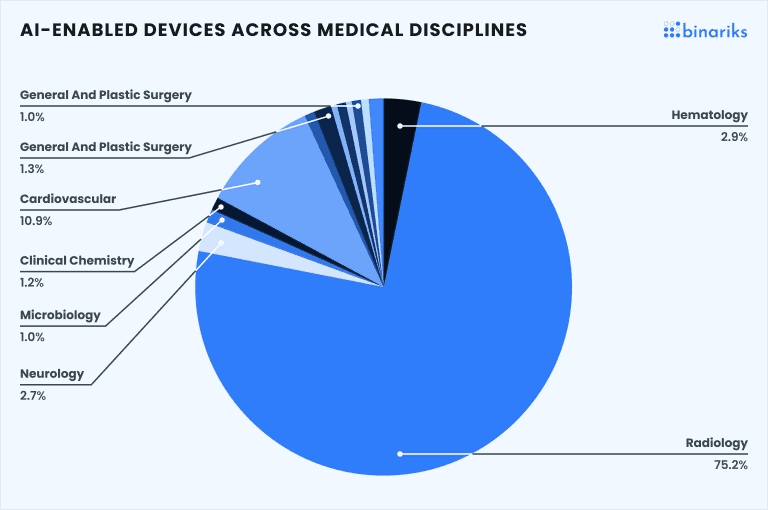 (Source: binariks.com)
(Source: binariks.com)
- Radiology leads with 75.2% (391) of FDA-approved devices, showing that radiological imaging is highly practical and widely used in healthcare.
- Cardiovascular and Hematology segments hold a share of 10.9% and 2.9%, respectively.
- Furthermore, other AI-enabled device shares in the medical industry are followed by Neurology (2.7%), General and Plastic Surgery (1.3%), Clinical Chemistry (1.2%), and Microbiology (1.0%)
Top Companies In AI In The Healthcare Market, 2024
| Company Names | Revenue (USD billion) |
Key Products |
| IBM Watson Health | 5.8 |
AI tools are used in oncology and clinical decision support systems, with over 50% of top US hospitals utilizing their AI solutions. |
|
Microsoft Healthcare AI |
4.5 | Over 40% of hospitals globally use Microsoft Azure for Healthcare, which helps to streamline patient data management and improve diagnostics. |
| Google Health (Alphabet) | 3.6 |
AI algorithms from Google Health have improved the accuracy of detecting breast cancer by 99% and are being used in healthcare systems worldwide. |
|
Siemens Healthineers |
3.1 | Siemens’ AI-driven diagnostic tools are used by 50% of healthcare providers in Europe, helping to reduce diagnosis times by 35%. |
| NVIDIA | 2.9 |
NVIDIA’s AI-powered systems are used for cancer research, and 70% of the world’s top research institutions use their AI technology for drug discovery. |
|
Philips Healthcare |
2.4 | Their AI-powered imaging tools are used in 40% of hospitals in Europe to diagnose cancer and cardiovascular diseases with precision. |
| GE Healthcare | 2.2 |
AI imaging systems are used in 30% of hospitals worldwide for faster and more accurate diagnostics. |
|
Intel Corporation |
1.7 |
Intel AI is integrated into 30% of wearable healthcare devices, enabling continuous health monitoring for patients. |
Challenges Of AI In Healthcare Statistics
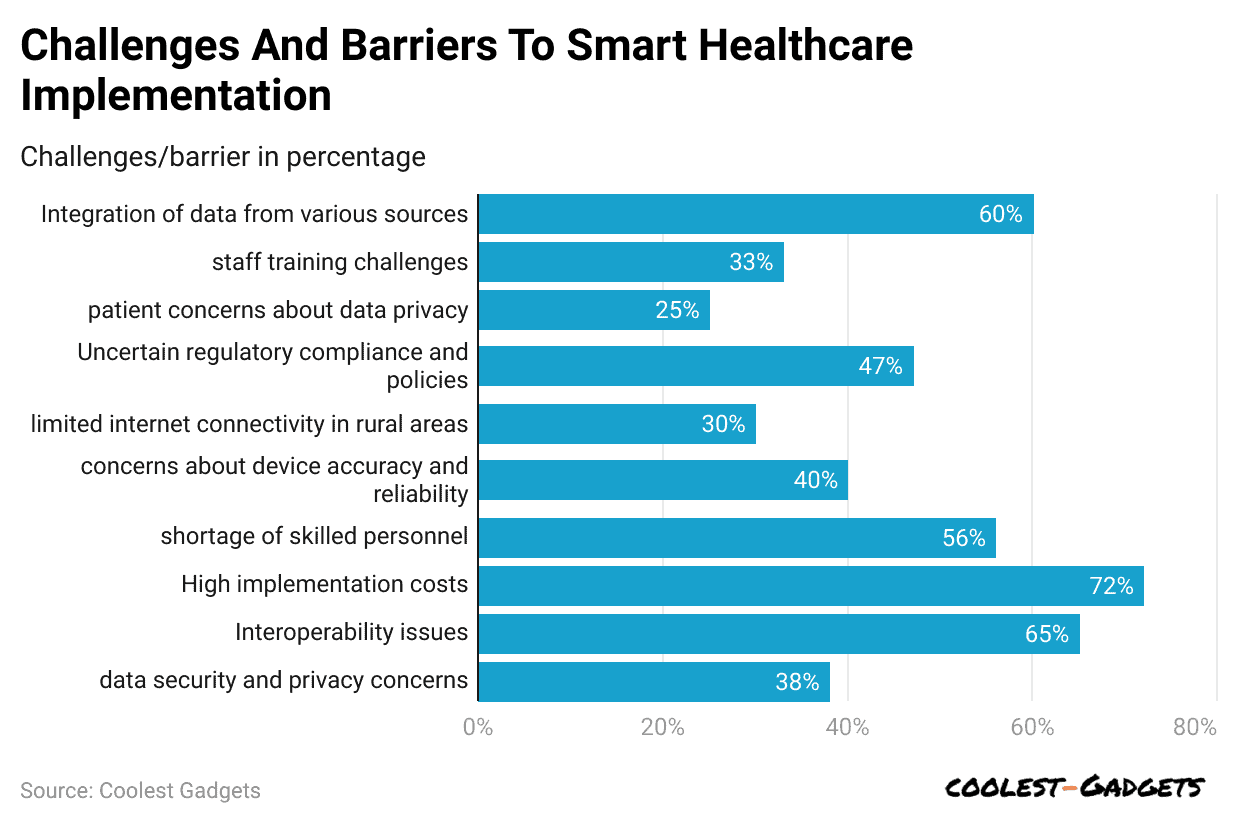 (Reference: market.us)
(Reference: market.us)
- In recent years, 72% of healthcare workers have found smart healthcare technology too expensive and hard to manage.
- Around 65% of healthcare providers need help connecting smart technologies to their existing systems.
- Nearly 60% of healthcare professionals need help to combine data from various sources effectively.
- Over half (56%) of healthcare organizations need help hiring skilled staff to operate advanced healthcare systems because of workforce shortages.
- Other challenges include concerns about device accuracy and reliability (40%), issues with data security and privacy (38%), difficulties in staff training (33%), poor internet connectivity in rural areas (30%), and patients worrying about their data privacy (25%).
Conclusion
AI is revolutionizing healthcare by making processes faster, more accurate, and cost-effective. Its market is growing quickly, with predictions of significant growth in the coming years. AI tools help lower costs, speed up drug discovery, and improve disease detection accuracy. Hospitals use AI for better patient care, while devices powered by AI save time and reduce errors.
Despite these benefits, many patients still feel they need to learn about AI in healthcare. Building trust and addressing ethical concerns are crucial for its success.
Sources
FAQ.
AI can diagnose diseases with high accuracy, sometimes better than doctors, like detecting cancer with up to 84% accuracy.
AI can lower healthcare costs by improving efficiency, reducing errors, speeding up processes, and helping with early disease detection.
AI helps personalise treatment by analysing patient data, predicting outcomes, and suggesting tailored therapies for better, more effective healthcare solutions.
Ethical concerns in AI healthcare include patient data privacy, bias in algorithms, transparency, accountability, and unequal access to advanced technology.

Saisuman is a talented content writer with a keen interest in mobile tech, new gadgets, law, and science. She writes articles for websites and newsletters, conducting thorough research for medical professionals. Fluent in five languages, her love for reading and languages led her to a writing career. With a Master’s in Business Administration focusing on Human Resources, Saisuman has worked in HR and with a French international company. In her free time, she enjoys traveling and singing classical songs. At Coolest Gadgets, Saisuman reviews gadgets and analyzes their statistics, making complex information easy for readers to understand.


